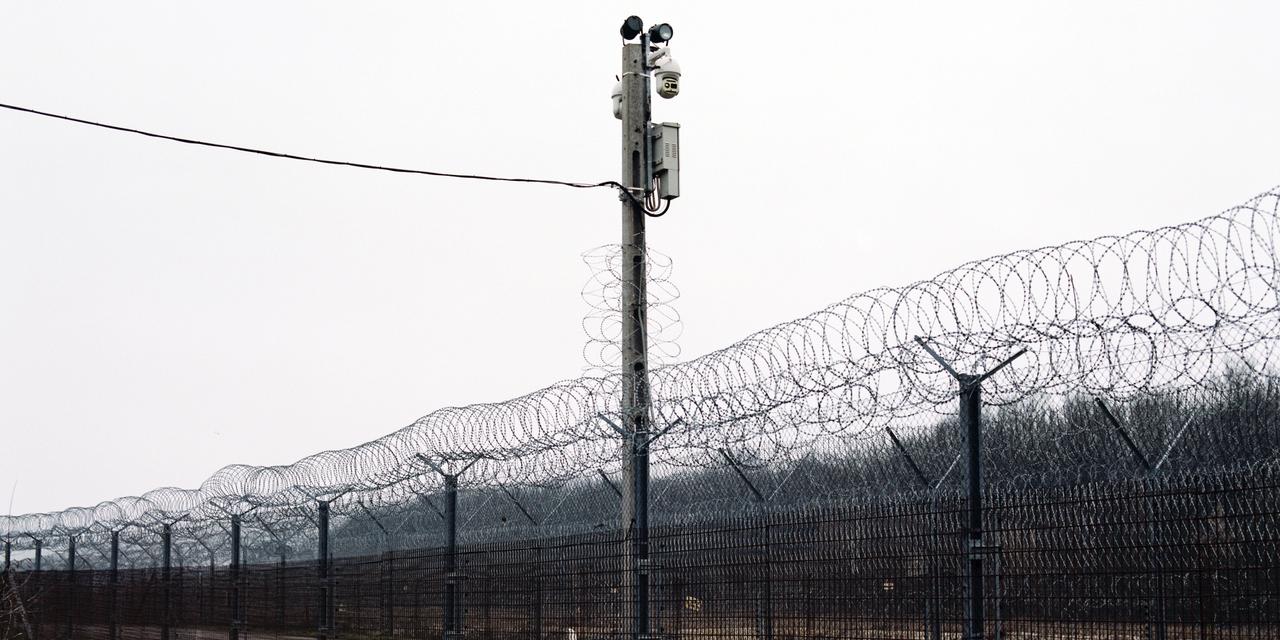


In Hungary, a decade of dismantling asylum rights
Feature'2015-2025: Europe's migration crisis' (1/5). In response to the arrival of hundreds of thousands of asylum seekers in the summer of 2015, Hungarian Prime Minister Viktor Orban built a fence in the south of the country to push them away.
The village streets, lined with bare trees, were nearly deserted. A few cars sped through the town. Dogs barked from behind the gates of houses. As a pedestrian passed, a curtain was lifted behind a window. In Röszke, a rural town in southern Hungary on the border with Serbia, everything seems bleak and ordinary. The fence appears almost by accident, at the end of a residential street. Or rather, two rows of cold, imposing, 4-meter-high metal fences topped with coils of barbed wire.
In a way, this is the place that, 10 years ago, the European Union fell into what was commonly referred to as the "refugee crisis." The term itself was cause for discussion, and some said "migration crisis," or "political crisis," and so on.
Nearly 1.3 million asylum seekers arrived in Europe in 2015, twice as many as in 2014 and three times the number from 2013. Most were fleeing Afghanistan, Syria and Iraq. A large proportion of them came along the so-called Balkan route. According to Frontex, the European Border and Coast Guard Agency, 760,000 of them did so, compared to about 40,000 the previous year.
The new Iron Curtain
Public opinion and governments alike were gripped by images of men, women and children crossing plains and walking along roads and railway tracks, blankets on their backs and bags in hand, sometimes in the most utter destitution. Hungary became one of the main stages of this search for refuge. In late summer of 2015, with more and more people crossing the Hungary-Serbia border each day, it took less than a month for Prime Minister Viktor Orban to build an anti-migrant wall that now stretches 175 kilometers. More than 25 years after the fall of the Berlin Wall, Europe had built a new Iron Curtain.
You have 86.8% of this article left to read. The rest is for subscribers only.
